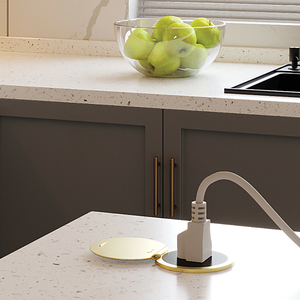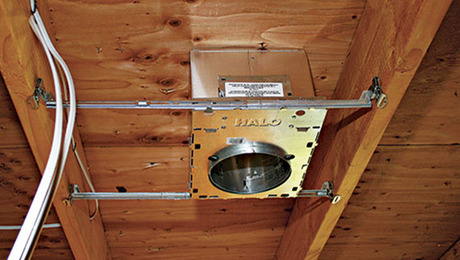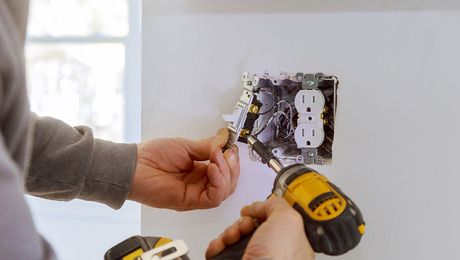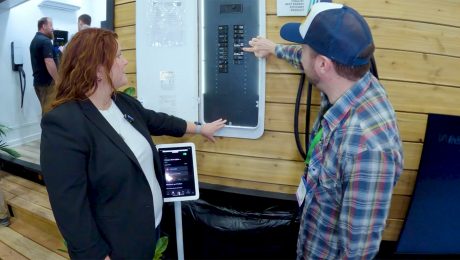Multimedia Wiring
With this step-by-step guide, you can make telephone, Internet, video, and audio connections anywhere in the house.

Because I’m an electrician, the responsibility for installing the wiring for the phone, TV, Internet, home-network, and various audio systems often falls on my shoulders. I’m a big fan of technology, so this type of wiring tweaks my inner geek. These systems are radically different from each other, but don’t be intimidated. each relies on low-voltage wiring that is bought in bulk and can be routed through your house following a few basic guidelines. The only major differences are the terminations on each end of the various types of wiring, and subsequently how each of the systems connects.
Voice & data
Wireless connectivity is quickly gaining momentum, but given the speeds and reliability with which information can be transmitted, Cat5 cable is still the workhorse of the data-networking world and has replaced two-wire telephone lines as well. Cat5 has become a generic term, but Cat5e, which is backward compatible, is the more common choice nowadays.
Video
Coaxial cable has been around for a long time, and it is still the carrier of choice for both cable and satellite television feeds. Most installers have upgraded from the old RG59 coaxial cable to the thicker RG6. There are many variations, such as RG6U and RG6Q, but aside from features such as UV-resistance and slight differences in applying fittings, I treat all the RG6 varieties as equal.
Audio
Almost every remodeling project these days includes some sort of audio wiring. Common requests are for simple things like running wires for the rear-channel speakers in a surround-sound setup. The tricky part of audio wiring is sorting out and keeping track of the components. Remember, no matter how complicated the installation, you’re just connecting the dots between point A (the source) and point B (the speaker). Label everything at both ends of each wire as you go.
Don’t take shortcuts when running low-voltage cables; follow the code
Although low-voltage wiring doesn’t carry enough power to electrocute you, a sloppy installation can create nicks in adjacent low-voltage and line-voltage cables. This can lead to line voltages running unexpectedly through low-voltage cables, posing a serious risk of electrocution or fire.
Structured wiring panels
Structured wiring panels are a dedicated point of convergence for all your home audio, video, and data systems. These boxes are usually one part of a family of components designed to work together. My favorite system is OnQ, made by Legrand.
Traditionally, low-voltage cable is run from one jack to the next in a series, but a structured wiring panel allows for a better method of wiring. The “home run” method, which uses a single length of cable from the panel to each intended location, uses more cable and takes longer to install, but it greatly increases signal quality.
For more photos and details, click the View PDF button below:

























